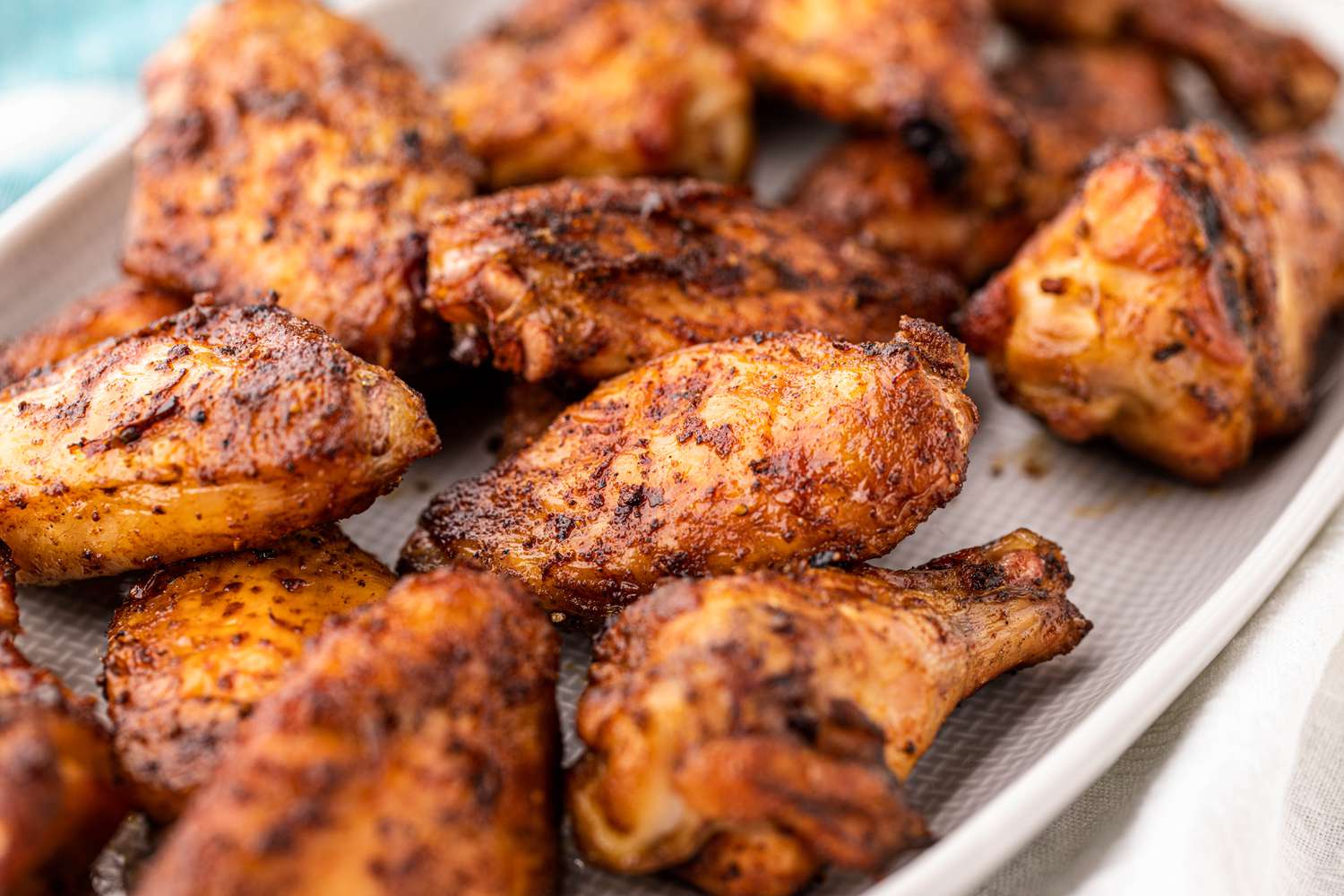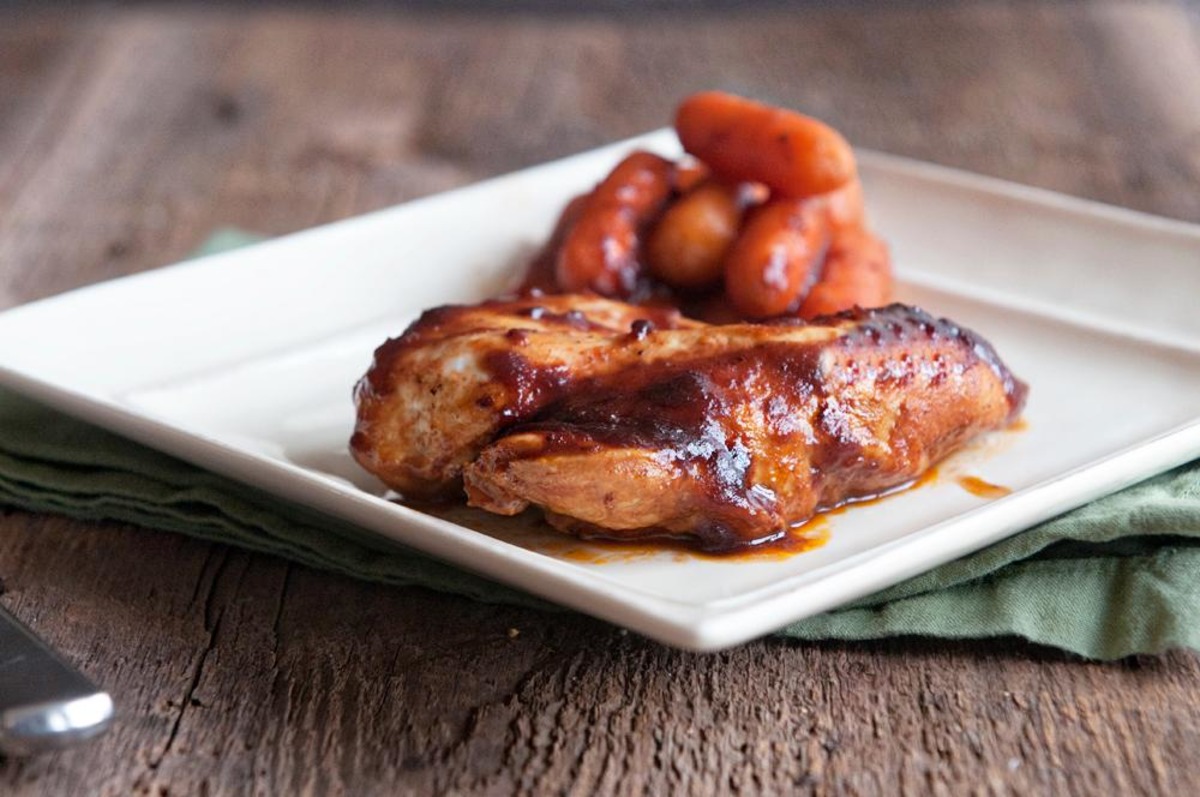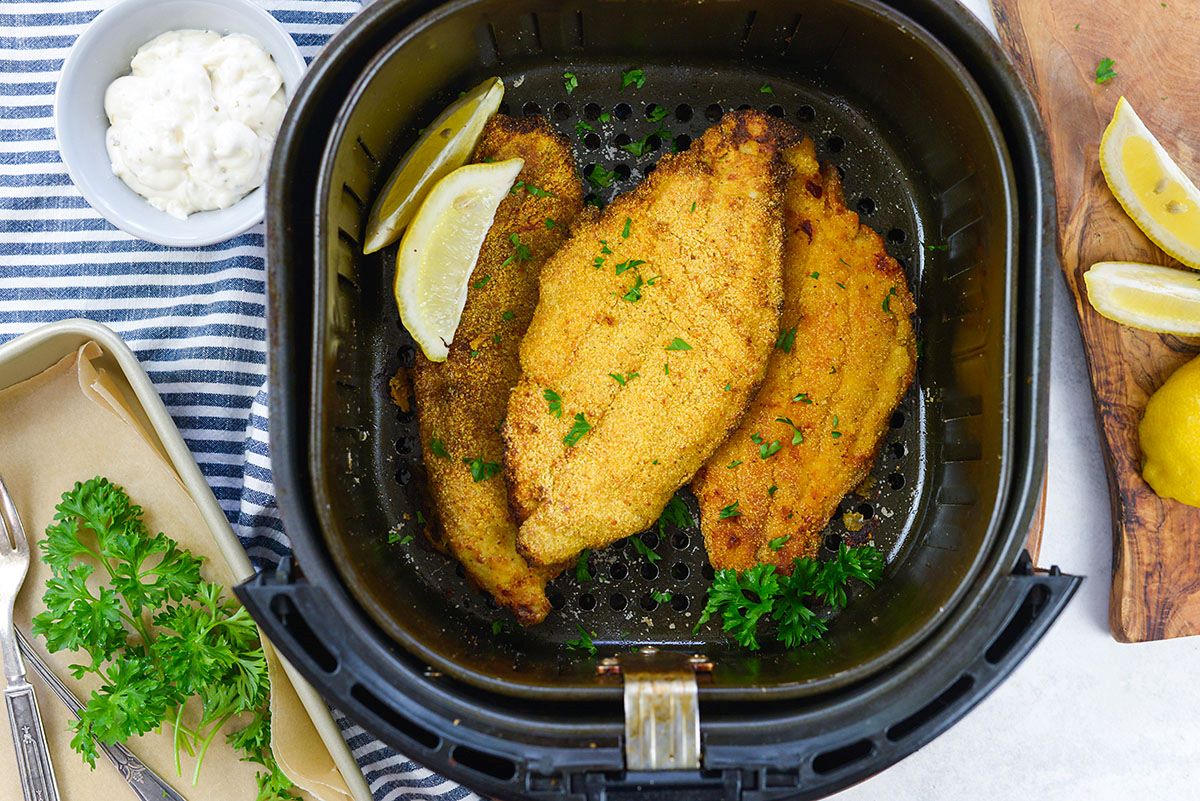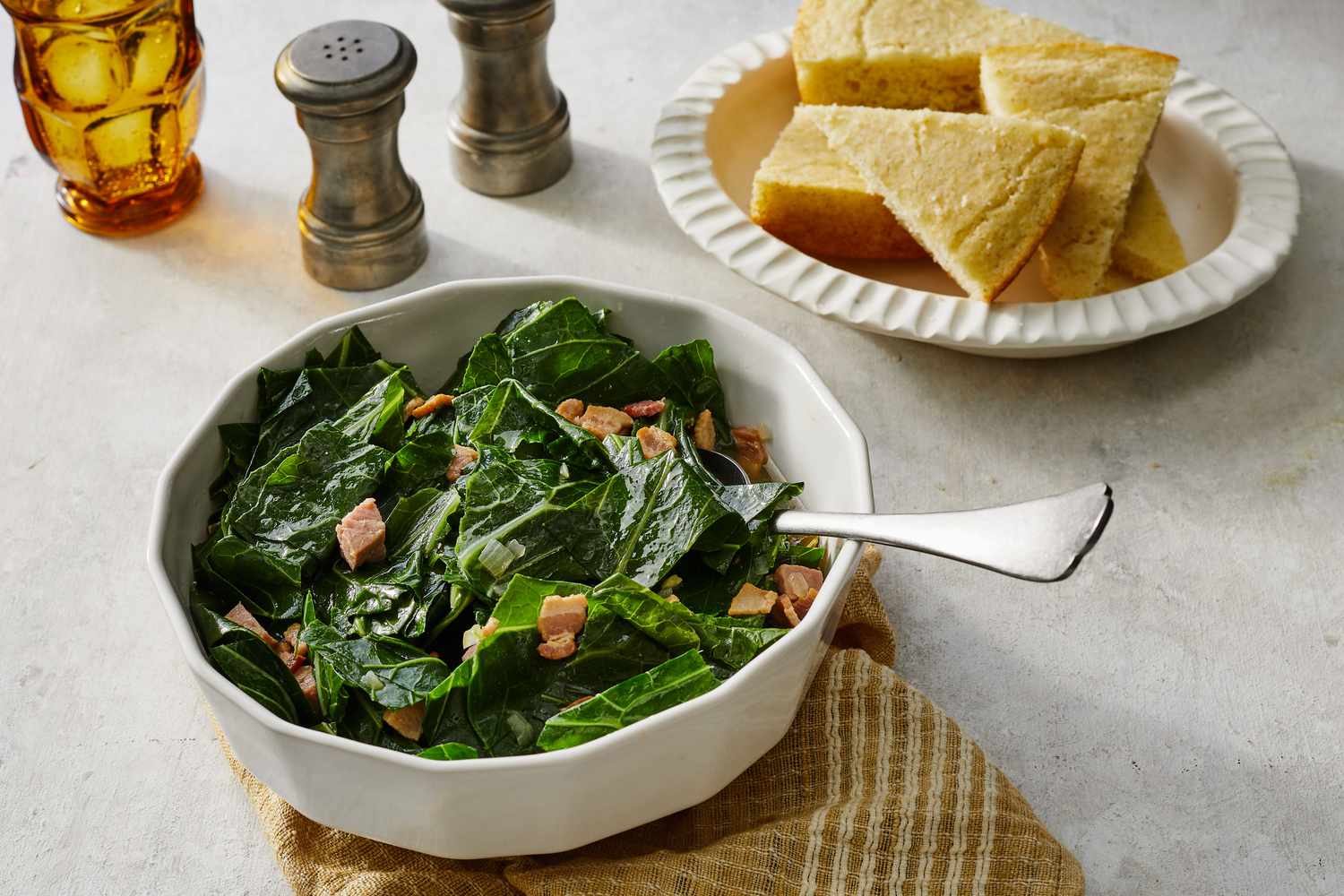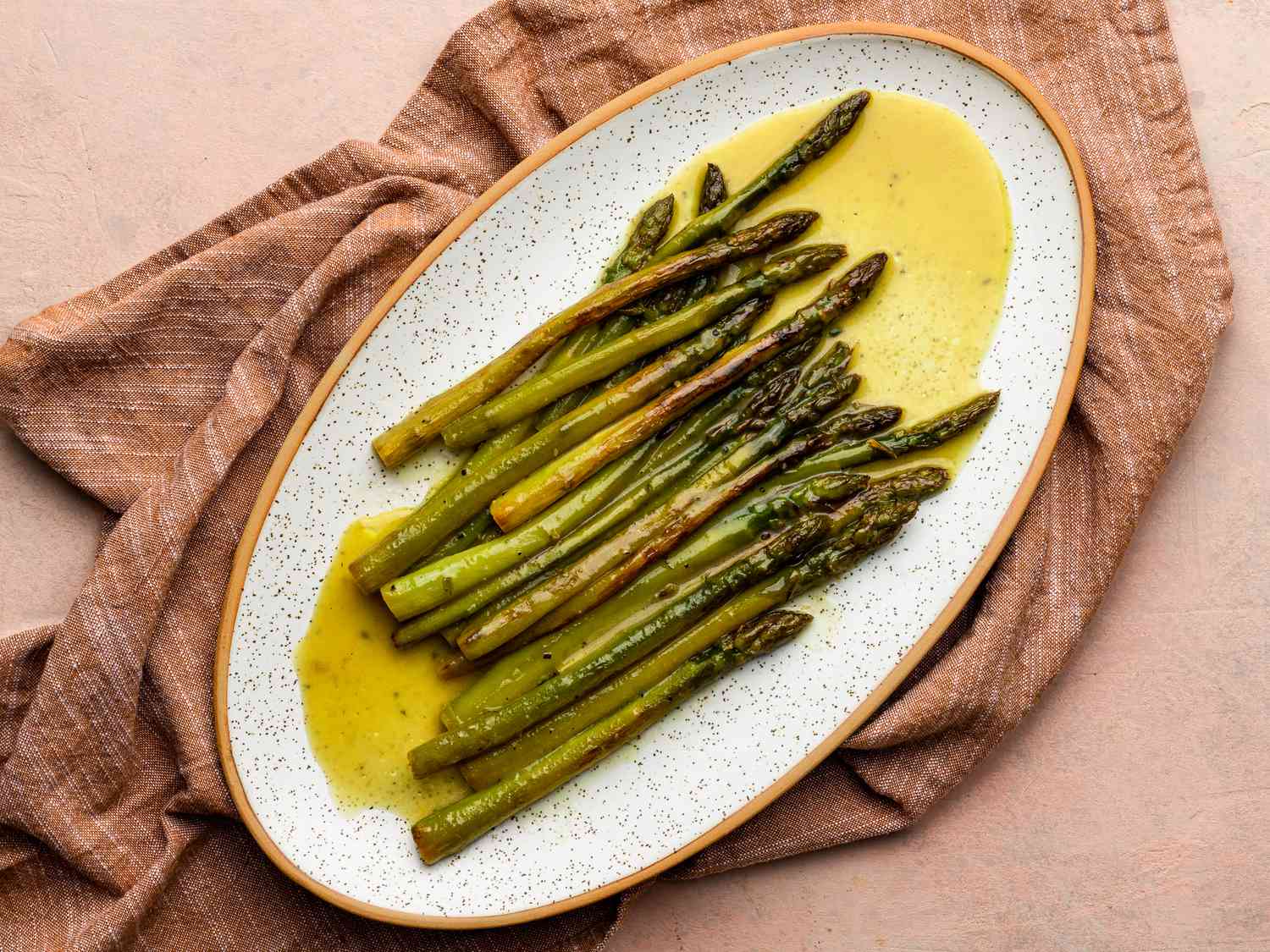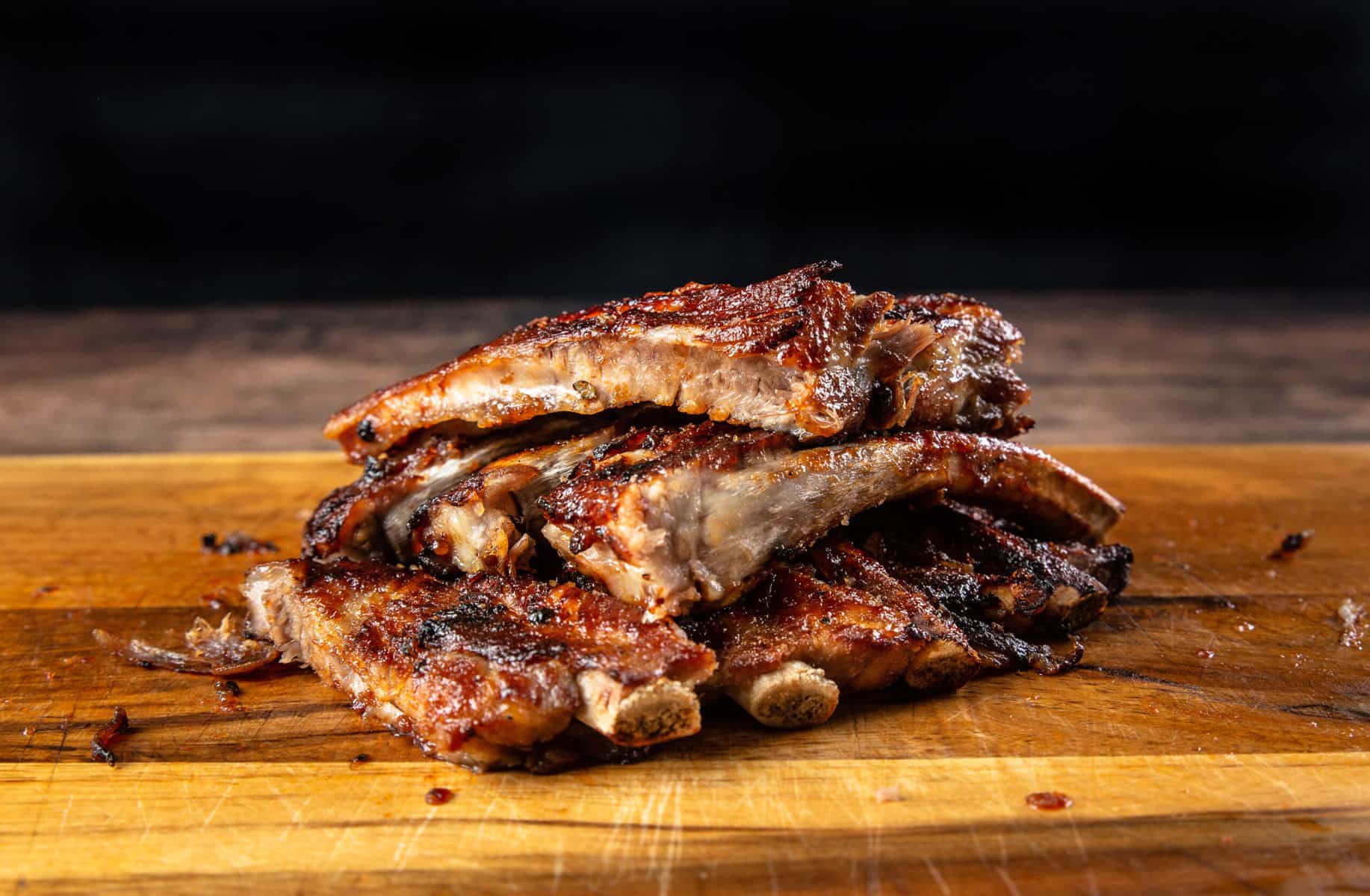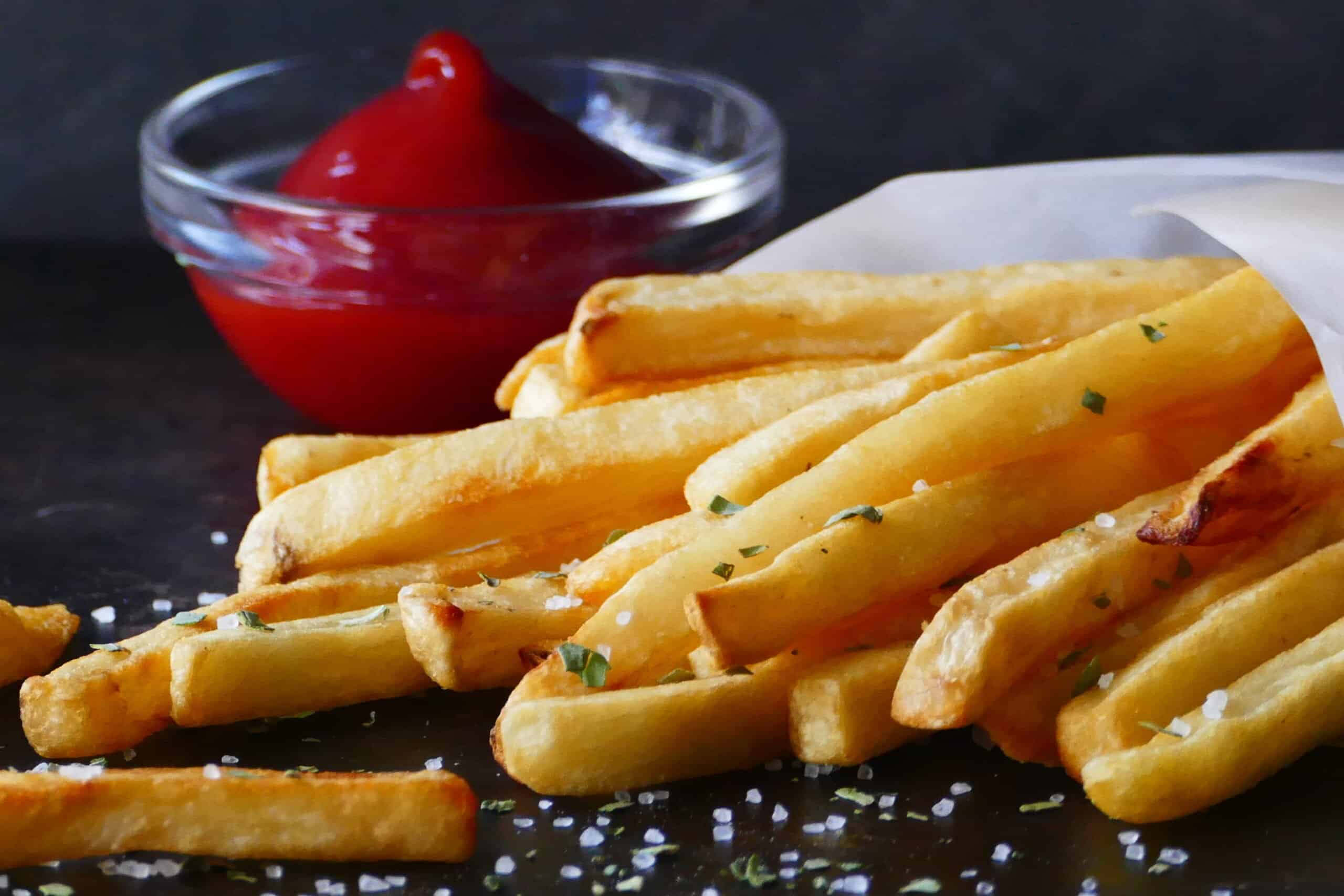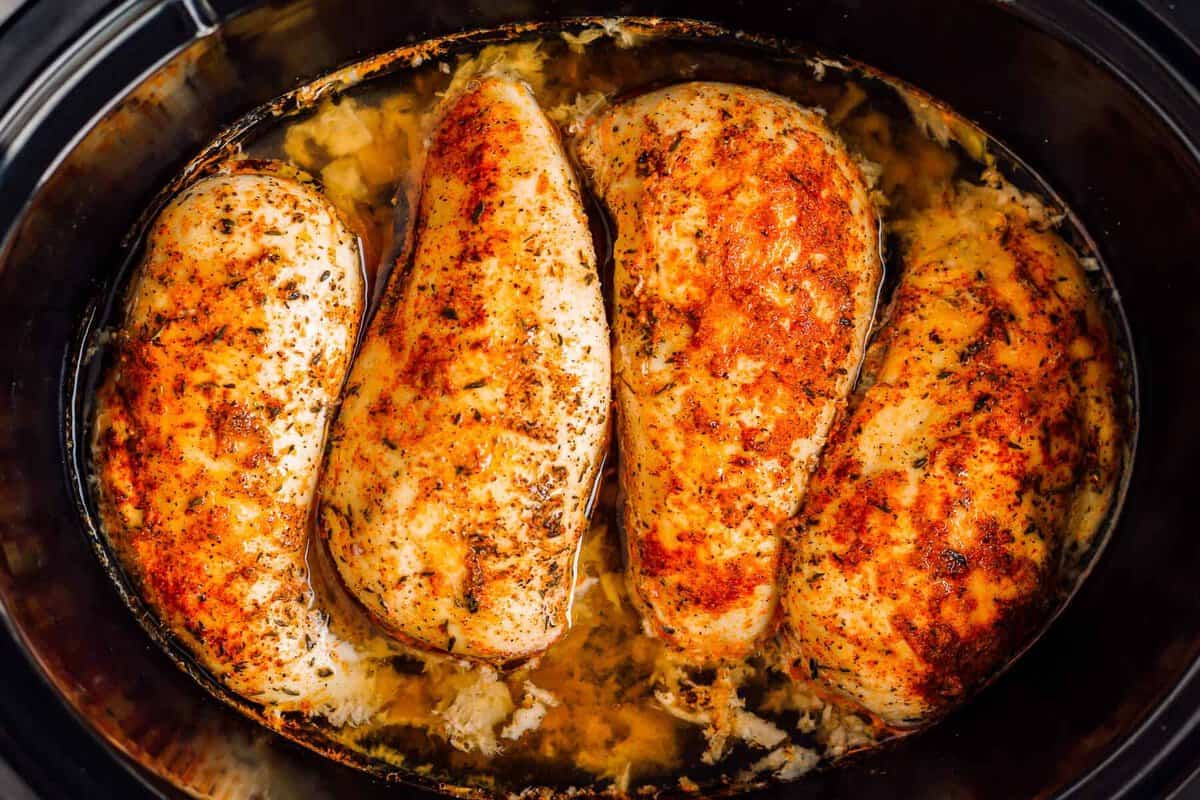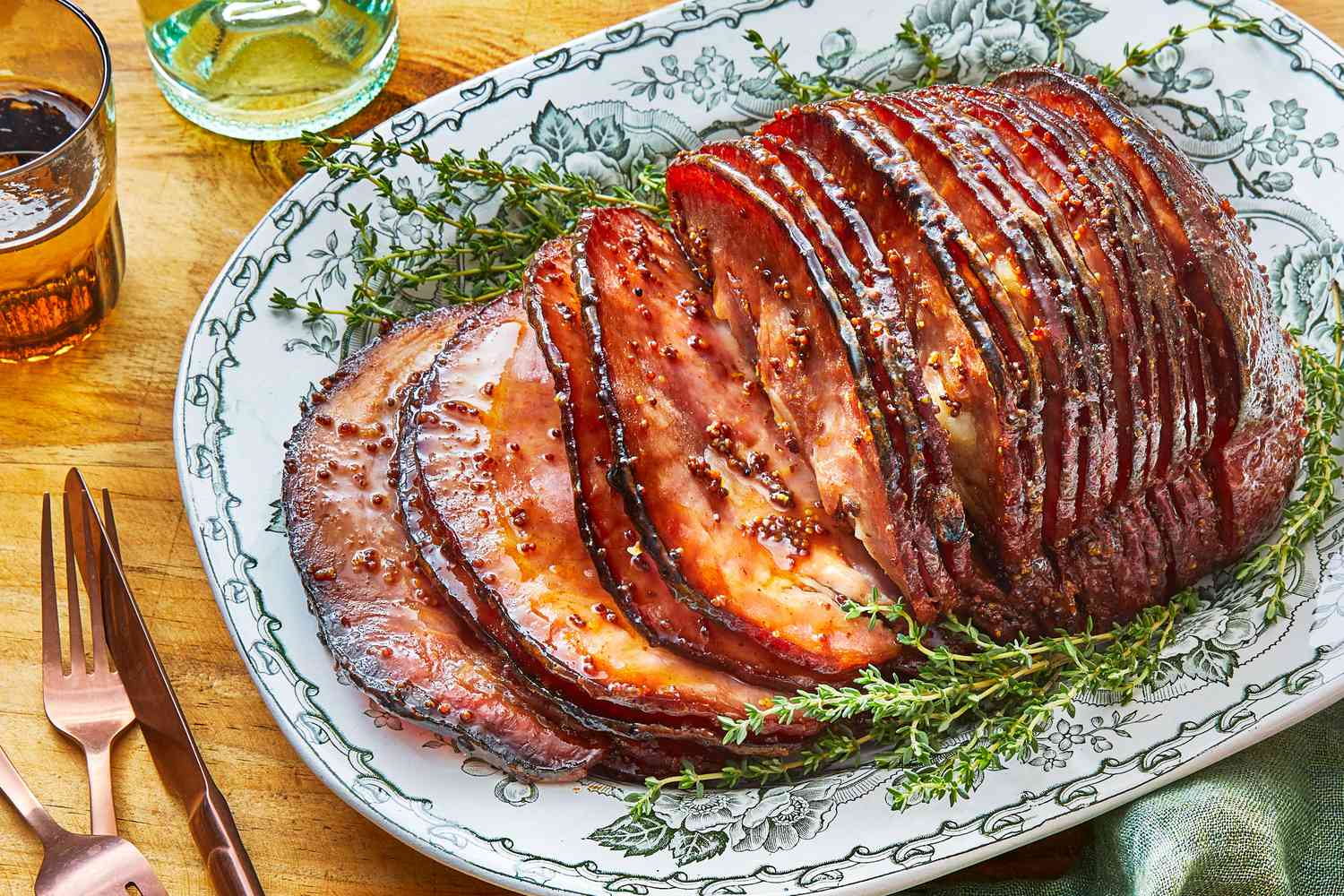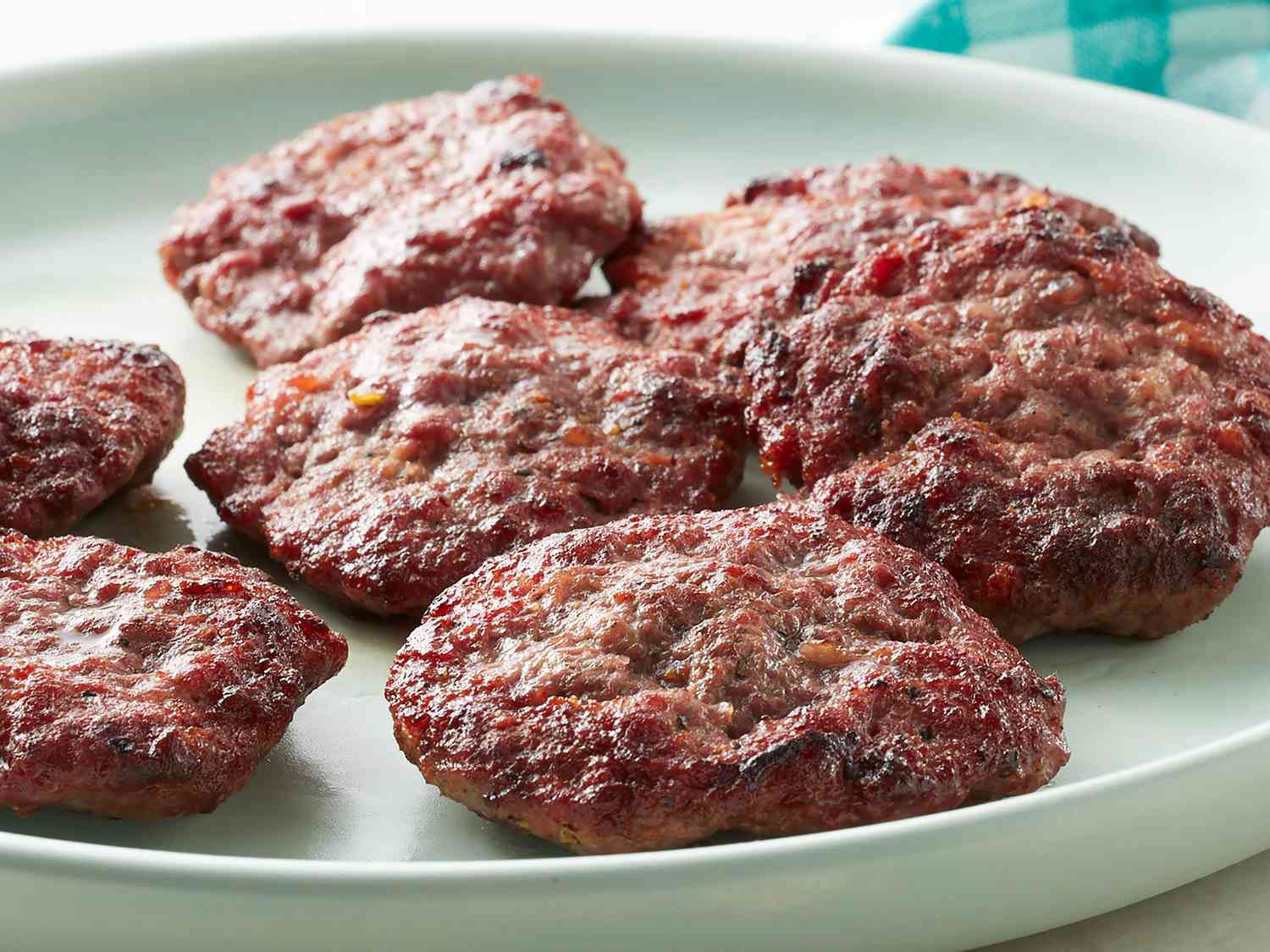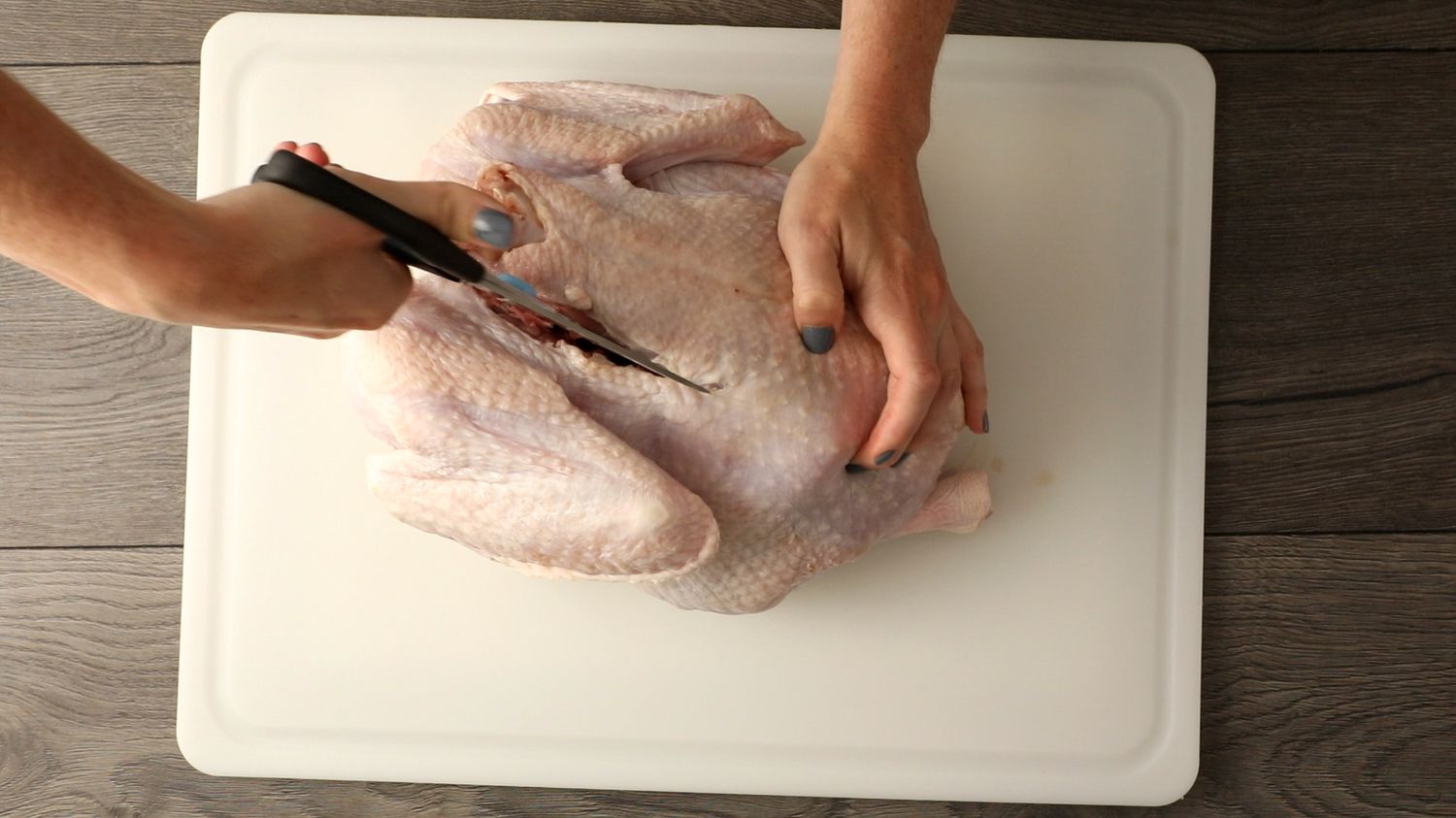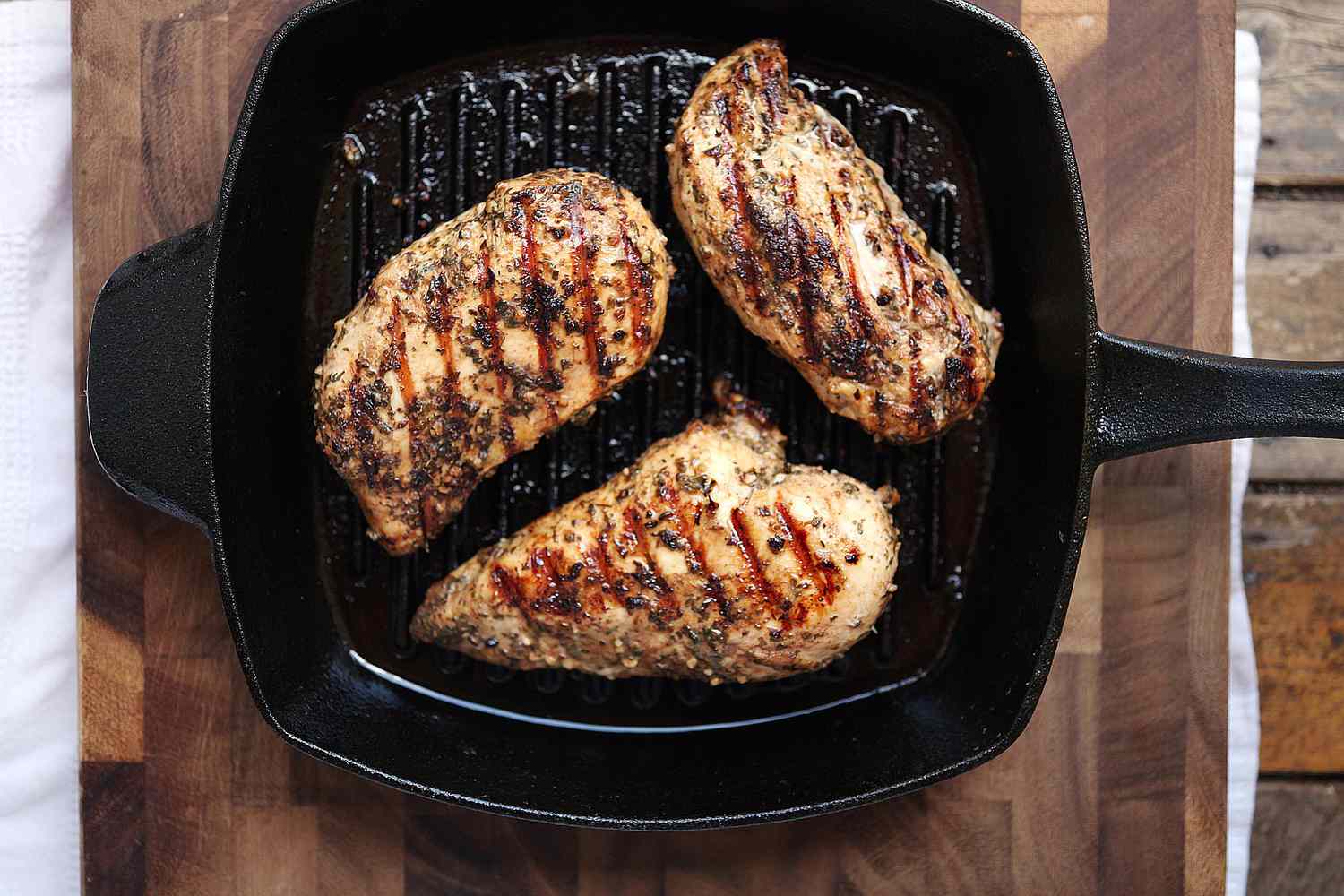Mastering the Art of Cooking Shrimp and Scallops
If you’re a seafood lover, there’s nothing quite as delightful as a delicious plate of perfectly cooked shrimp and succulent scallops. Whether you’re impressing guests with an elegant dinner or simply treating yourself to a savory meal, knowing how to cook shrimp and scallops to perfection is a skill worth acquiring. In this guide, we will take you through the step-by-step process of preparing these delicate oceanic delights.
Choosing the Best Seafood
When it comes to cooking shrimp and scallops, quality is key. Look for fresh, preferably wild-caught, seafood at your local fish market or grocery store. Opting for sustainably sourced shrimp and scallops ensures not only great taste but also supports responsible fishing practices.
Consider the following tips when selecting your shrimp and scallops:
- For shrimp, choose larger varieties such as jumbo or extra-large for a more substantial and meaty texture.
- Look for scallops that have a fresh, sweet aroma and are dry-packed rather than soaked in preservatives.
- If possible, go for shrimp and scallops that have their shells intact as they tend to have better flavor and retain moisture during cooking.
Preparing the Seafood
Before diving into the cooking process, it’s essential to properly prepare your shrimp and scallops:
- Gently rinse the seafood under cold water to remove any grit or dirt.
- If your shrimp have shells on, peel and devein them. You can leave the tail intact for an attractive presentation.
- Pat both the shrimp and scallops dry with a paper towel to ensure optimal browning during cooking.
Cooking Techniques
Shrimp and scallops lend themselves to a variety of cooking techniques, each resulting in a unique and delightful flavor profile:
1. Searing:
Give your shrimp and scallops a beautiful golden-brown crust by searing them in a hot skillet. Heat a tablespoon of olive oil or butter over medium-high heat. Once the oil is shimmering, add the seafood and cook for a couple of minutes on each side until opaque and slightly firm to the touch. Season with salt, pepper, and your favorite herbs or spices.
2. Grilling:
For a smoky and charred flavor, grilling is an excellent option. Preheat your grill to medium-high heat and lightly oil the grates. Skewer the shrimp and scallops or use a grill basket to prevent the seafood from falling through the grates. Grill for a few minutes on each side until cooked through and slightly charred. Serve with a squeeze of lemon for added brightness.
3. Stir-Frying:
Create a quick and flavorful stir-fry by heating a tablespoon of sesame oil in a wok or large skillet over high heat. Add your shrimp and scallops, along with your favorite vegetables and a splash of soy sauce or teriyaki sauce. Toss everything together for a few minutes until the seafood is cooked and the vegetables are tender-crisp.
4. Baking or Broiling:
For an easy and fuss-free cooking method, baking or broiling your seafood is a great option. Preheat your oven to 400°F (200°C) and lightly grease a baking dish. Arrange the shrimp and scallops in a single layer and brush them with melted butter or olive oil. Season with salt, pepper, and your choice of herbs or spices. Bake for 8-10 minutes until the shrimp are pink and curled, and the scallops are opaque.
Serving Suggestions
Now that you’ve mastered the art of cooking shrimp and scallops, it’s time to plate your culinary masterpiece:
- Serve your shrimp and scallops over a bed of al dente pasta tossed in a garlic and white wine sauce for an elegant Italian-inspired dish.
- Create a vibrant and refreshing salad by combining mixed greens, diced mango, avocado slices, and grilled shrimp and scallops. Top it off with a zesty citrus vinaigrette.
- For a quick and satisfying appetizer, skewer grilled shrimp and scallops and serve them with a tangy lemon aioli or spicy cocktail sauce.
With these easy-to-follow tips and techniques, you’re well on your way to becoming a seafood aficionado. So next time you’re craving shrimp and scallops, confidently step into the kitchen and indulge yourself in a taste of the sea.
Was this page helpful?
Read Next: How To Cook Tempeh Bacon
